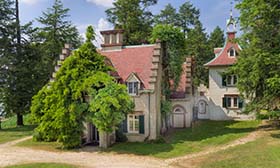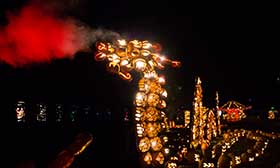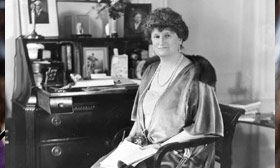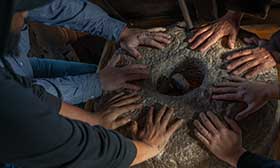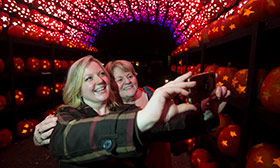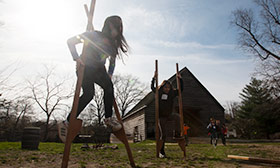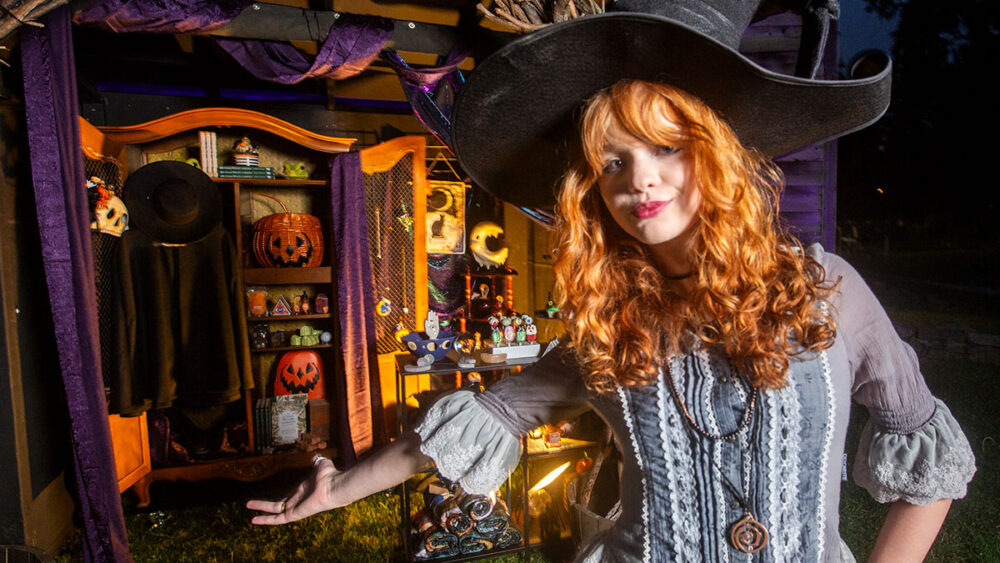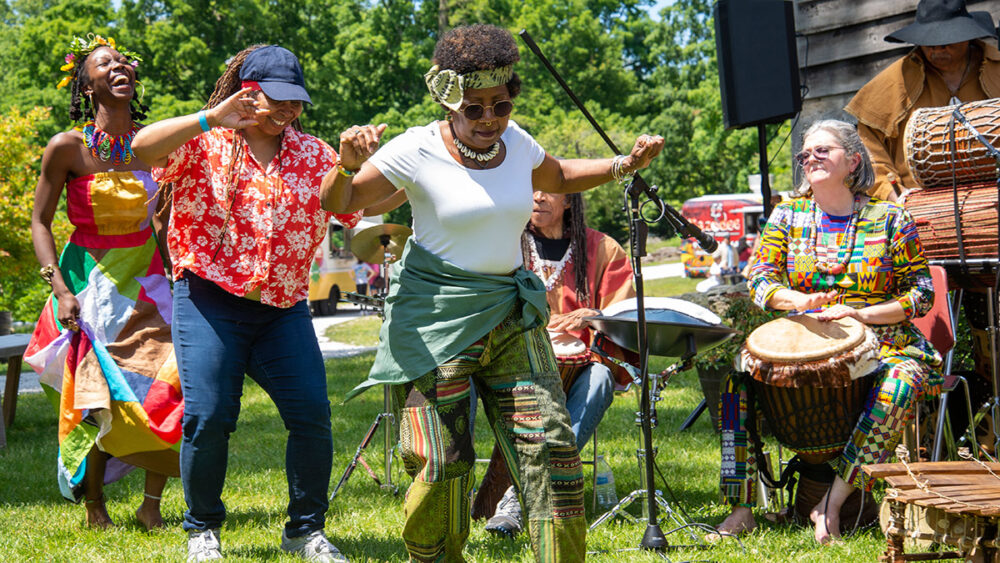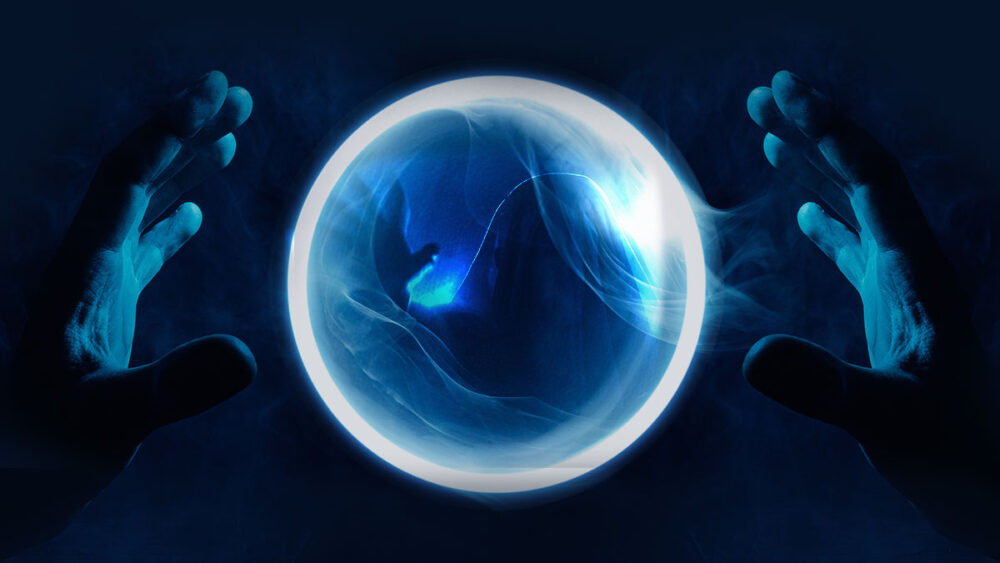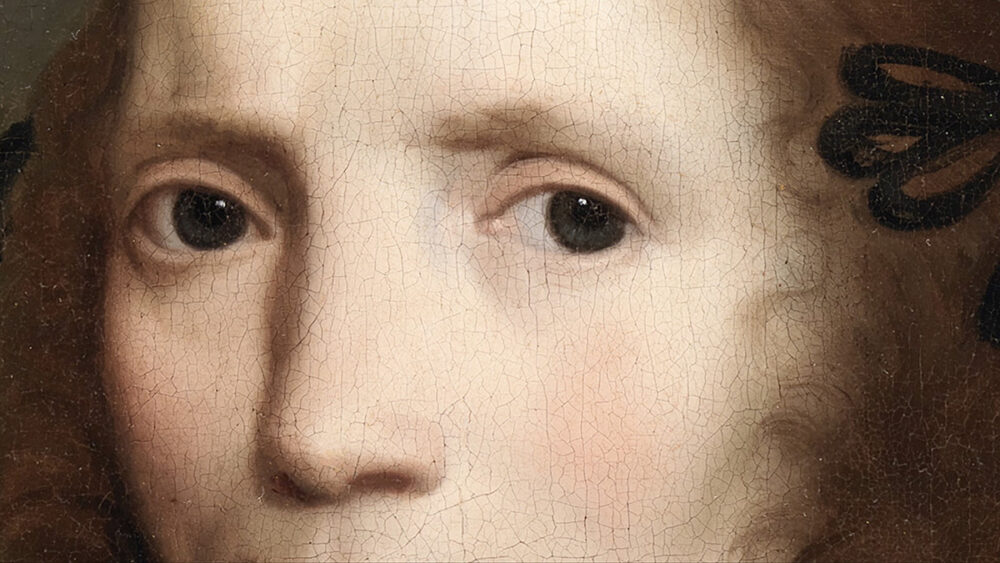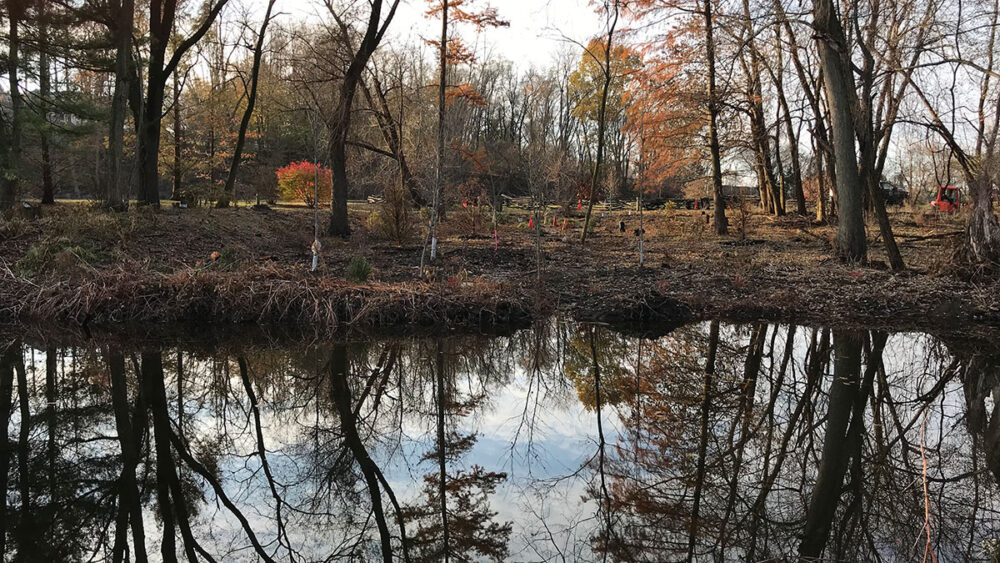A Colonial Drugstore: Philipsburg Manor’s Herb Garden
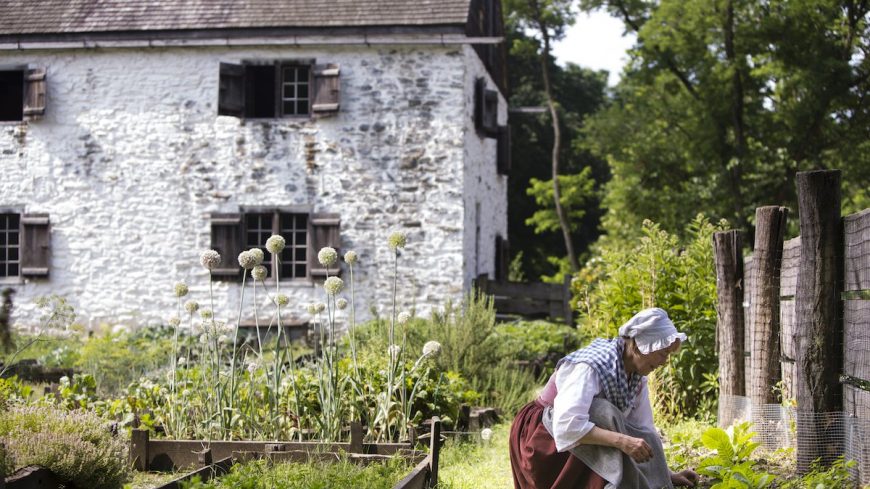
In colonial America, it was common for enslaved men and women in rural areas to keep a provisioning garden to grow vegetables they most wanted to eat.
At Philipsburg Manor, which interprets an 18th-century provisioning plantation operated by 23 enslaved Africans, the slaves’ garden is full of plants African gardeners would have preferred – vegetables like black-eyed peas and sweet potatoes – as well as herbs.
Africans had an intimate knowledge of plants and other natural materials that they used to cure all sorts of ailments. So the herbs in a garden like this one served as an apothecary as well as a spice rack.
Here are a few of the dozens of herbs growing in the Philipsburg Manor garden – some familiar to today’s gardeners, others less so – along with examples of how they were used medicinally in colonial times, taken from Culpepper’s Complete Herbal by Nicholas Culpepper, a 17th-century English botanist.
 Clary Sage
Clary Sage
Colonial uses: Clary, which Culpepper referred to as “clear-eye,” was used to remove foreign objects from the eye (its seeds have a mucilaginous coat, so when placed in the eye, debris would stick to them). The seeds were also used to draw out splinters and thorns. Culpepper even includes a recipe for Clary that is part culinary, part medicinal: “The fresh leaves dipped in a batter of flour, eggs, and a little milk, and fried in butter and served to the table, is not unpleasant to any, but exceedingly profitable for those that are troubled with weak back, and the effects thereof.”
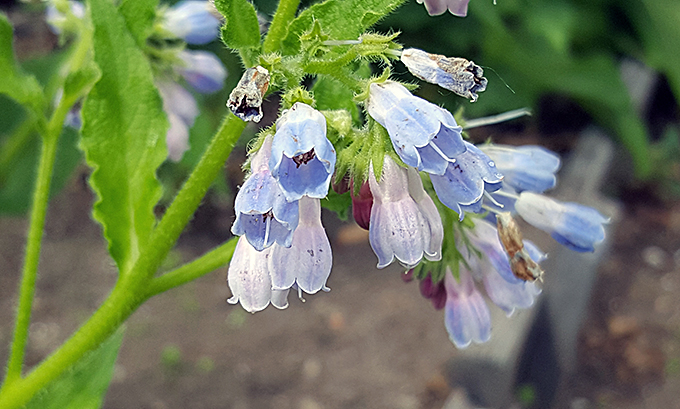 Comfrey
Comfrey
Colonial uses: Used to heal cuts and mend broken bones. A poultice made of roots was placed on fresh wounds to aid in healing.
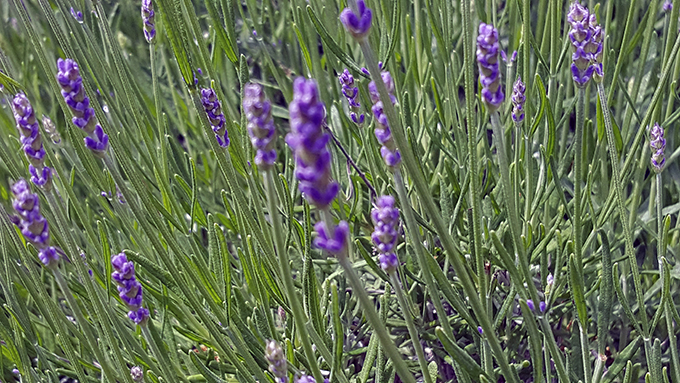
Lavender
The plant in the Philipsburg Manor garden is enormous. It’s actually two plants that have grown together and is over 35 years old.
Colonial uses: Treatment for pains in the head and brain as well as dizziness. Sleeping on a pillow filled with dried lavender was believed to be a cure for insomnia.
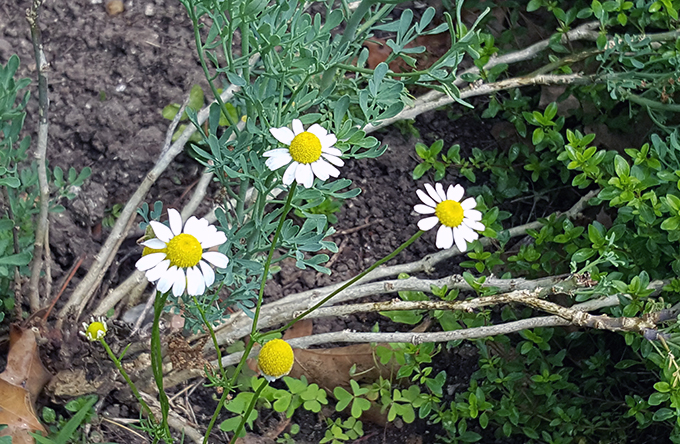 Chamomile
Chamomile
Colonial uses: One of the “wonder drugs’’ of colonial times, with many uses dating back to the ancient Egyptians. Tea made from this herb was believed to ease ailments from pains in the side to melancholy. Bathing in chamomile-infused water was thought to take away weariness and aches.
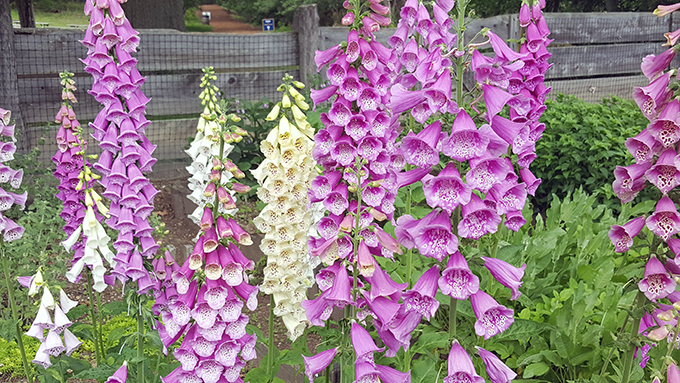 Foxglove
Foxglove
Colonial uses: Culpepper credits the Italians with using the plant’s leaves “to heal any fresh or green wound.’’ It was also touted as a cure for scrofula or King’s Evil, a swelling of the lymph nodes in the neck caused by tuberculosis.
Note: Every part of this plant is poisonous, and it is not recommended to try these “cures” at home.
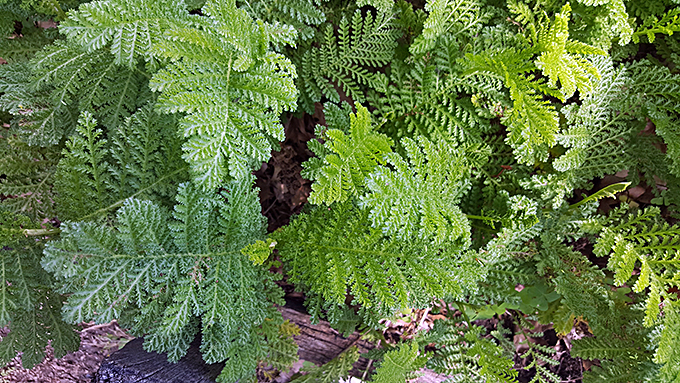
Tansy
Colonial uses: Tansies, which bloom in spring, were eaten to combat the “phlegmatic humours which the cold and moist constitution of winter usually affects the body with,’’ according to Culpepper. The seed or juice of the plant was also thought to expel worms in children (a common ailment in colonial times).
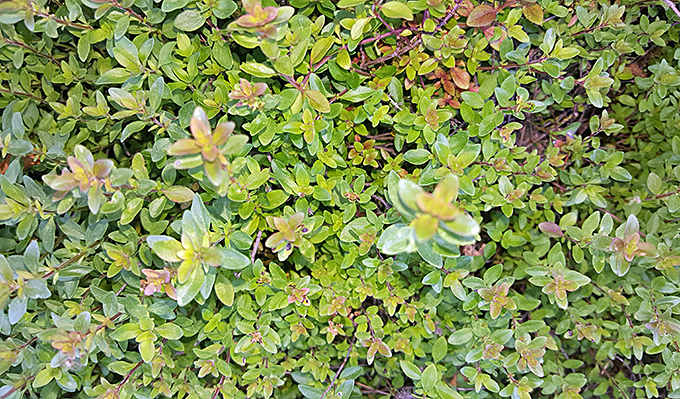 Thyme
Thyme
Colonial uses: Thyme was considered to be good for the lungs. A thyme ointment was used to cure warts, gout, and sciatica. And, when “taken inwardly,’’ Culpepper advises that it “comforts the stomach much, and expels wind.’’
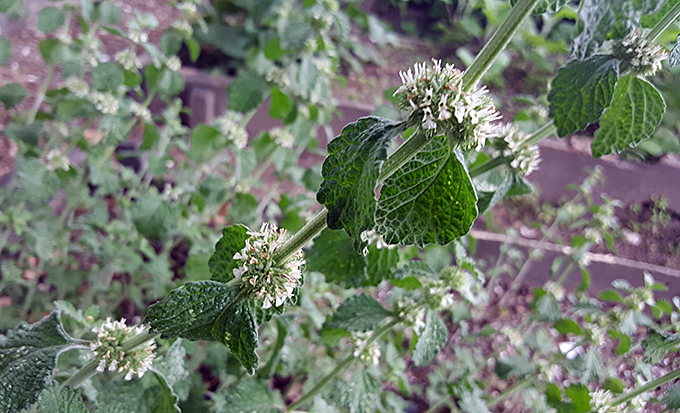 Horehound
Horehound
Colonial uses: Dried horehound leaves mixed with honey was used as a remedy for coughs or consumption.
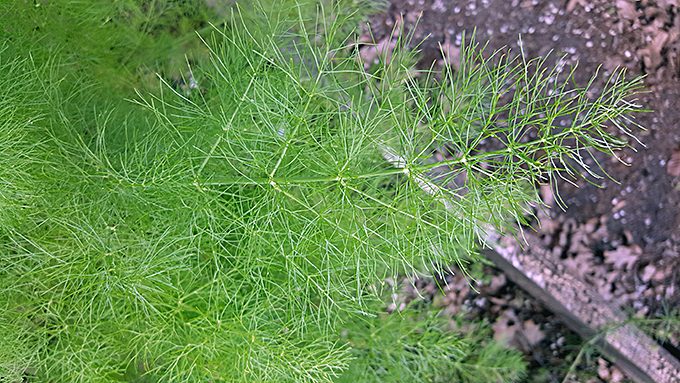 Fennel
Fennel
Colonial uses: A little juice dissolved in wine and dropped into the ears eases the pain. It was also used to calm the discomfort of a toothache.
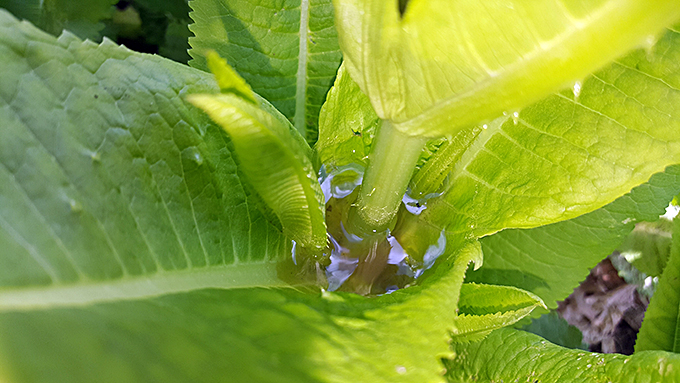
Fuller’s Teasel
Colonial uses: Rainwater that collects in cup-like formations where the leaves meet the stem was used to “cool inflammation of the eyes and as a cosmetic to make the face fair,’’ according to Culpepper. Dried flower heads also served as a natural comb for raising the nap on fabrics such as wool.

